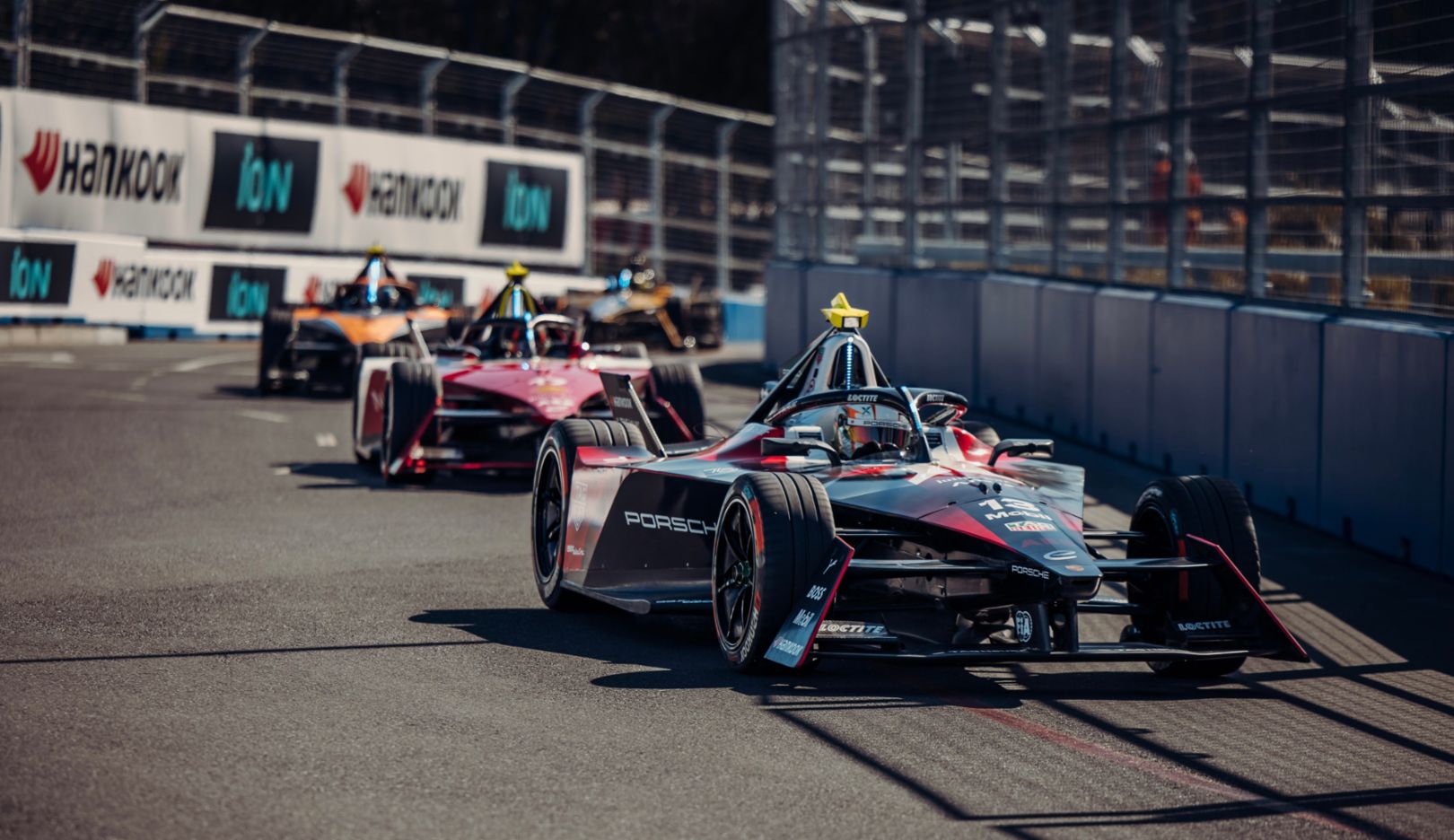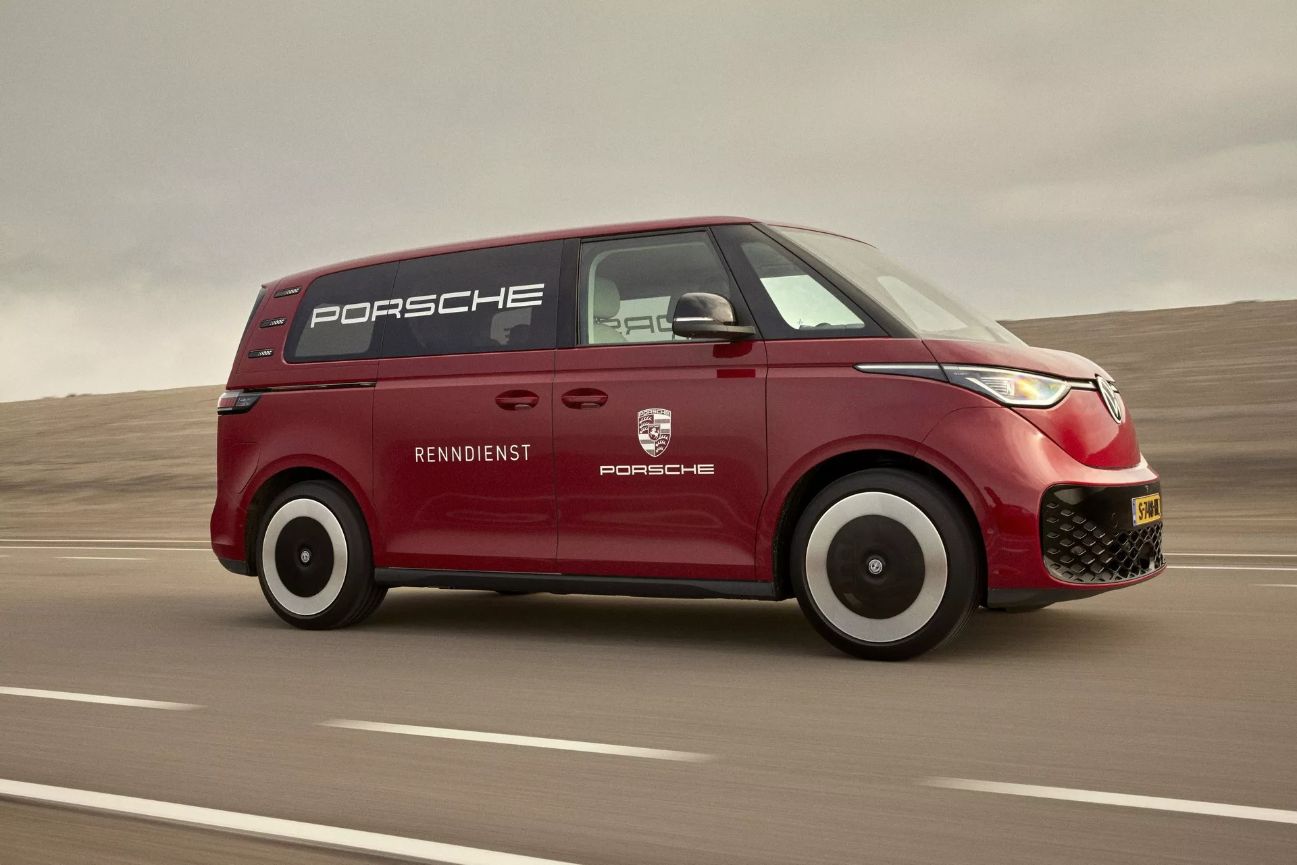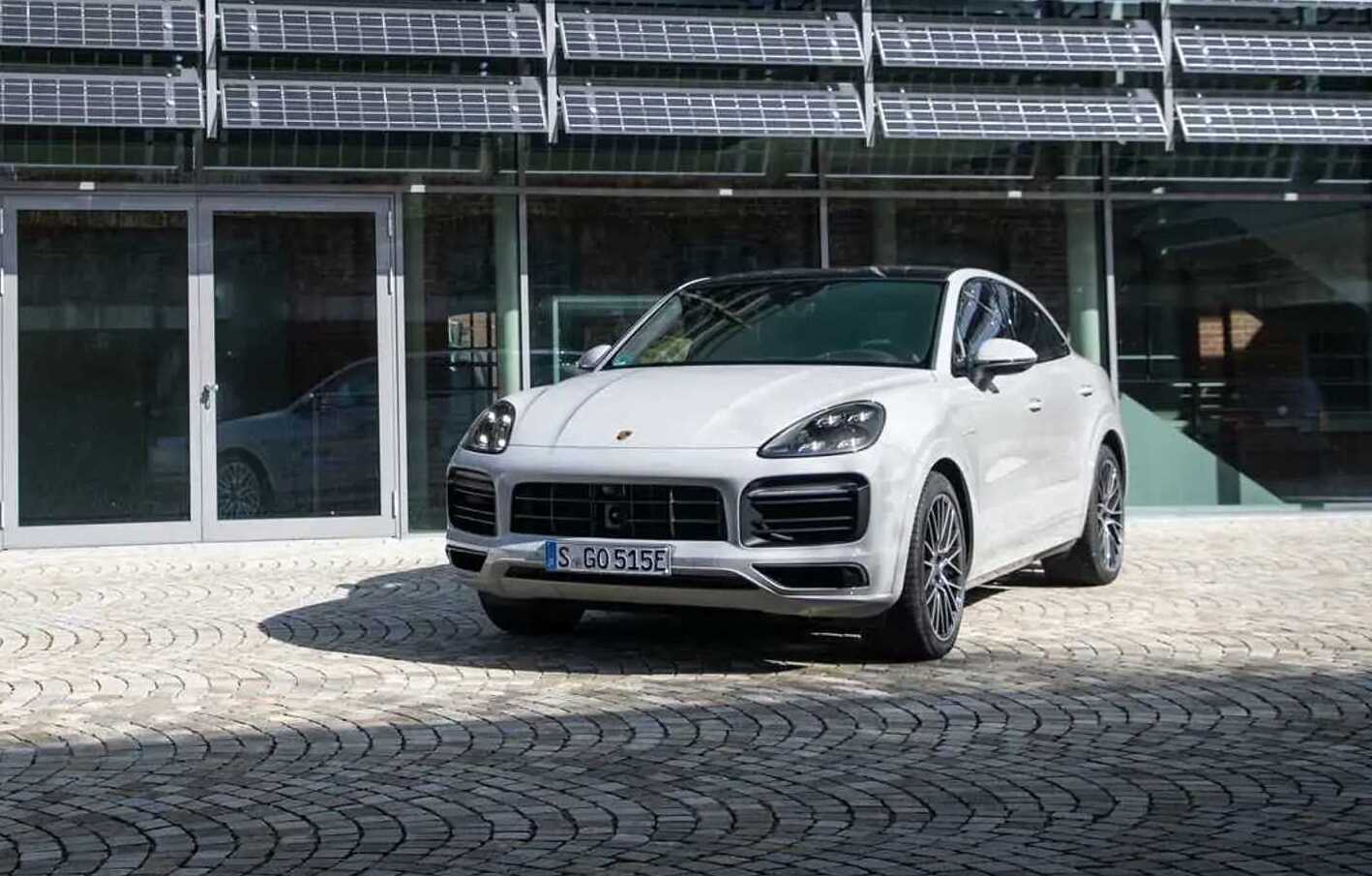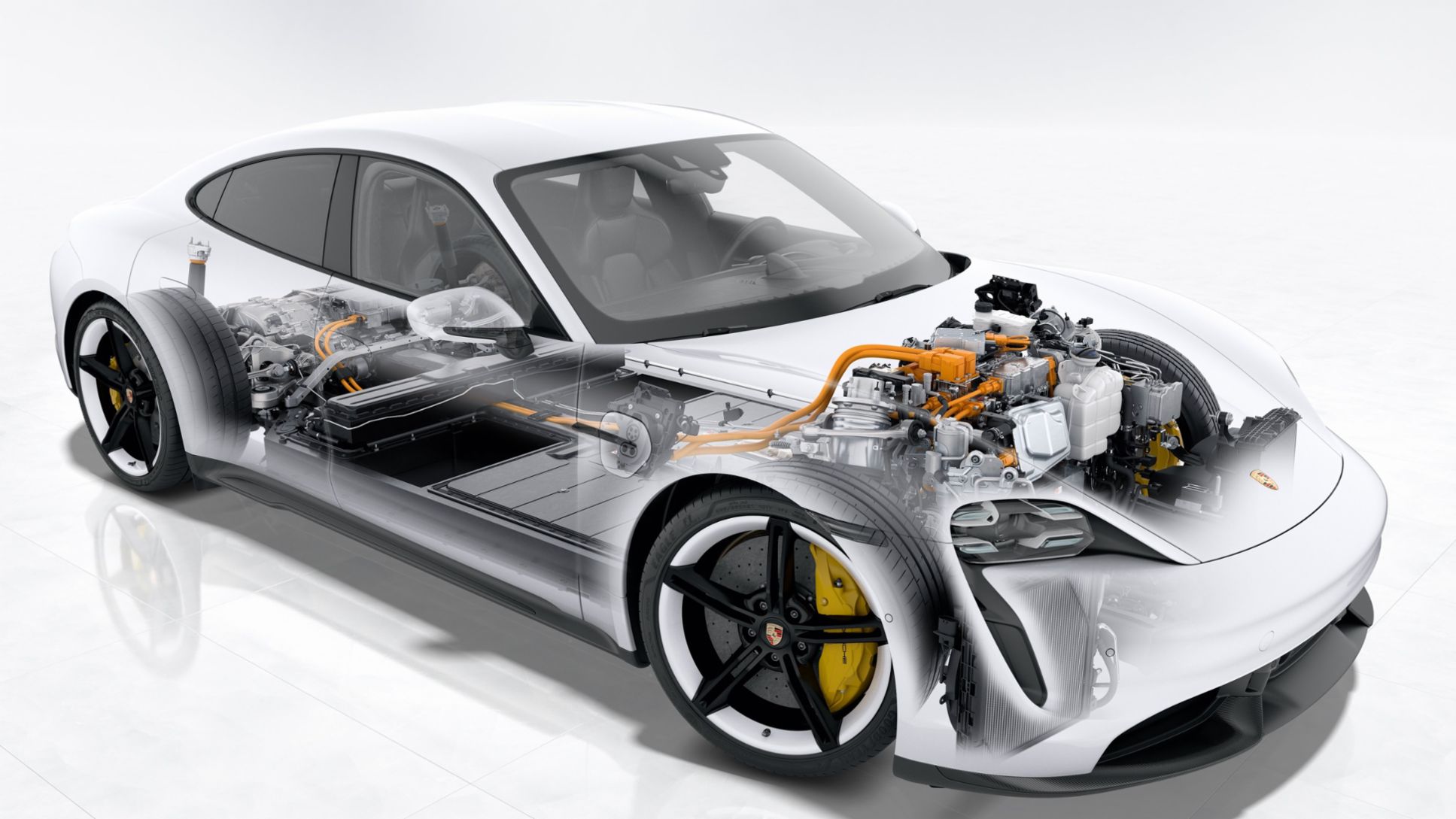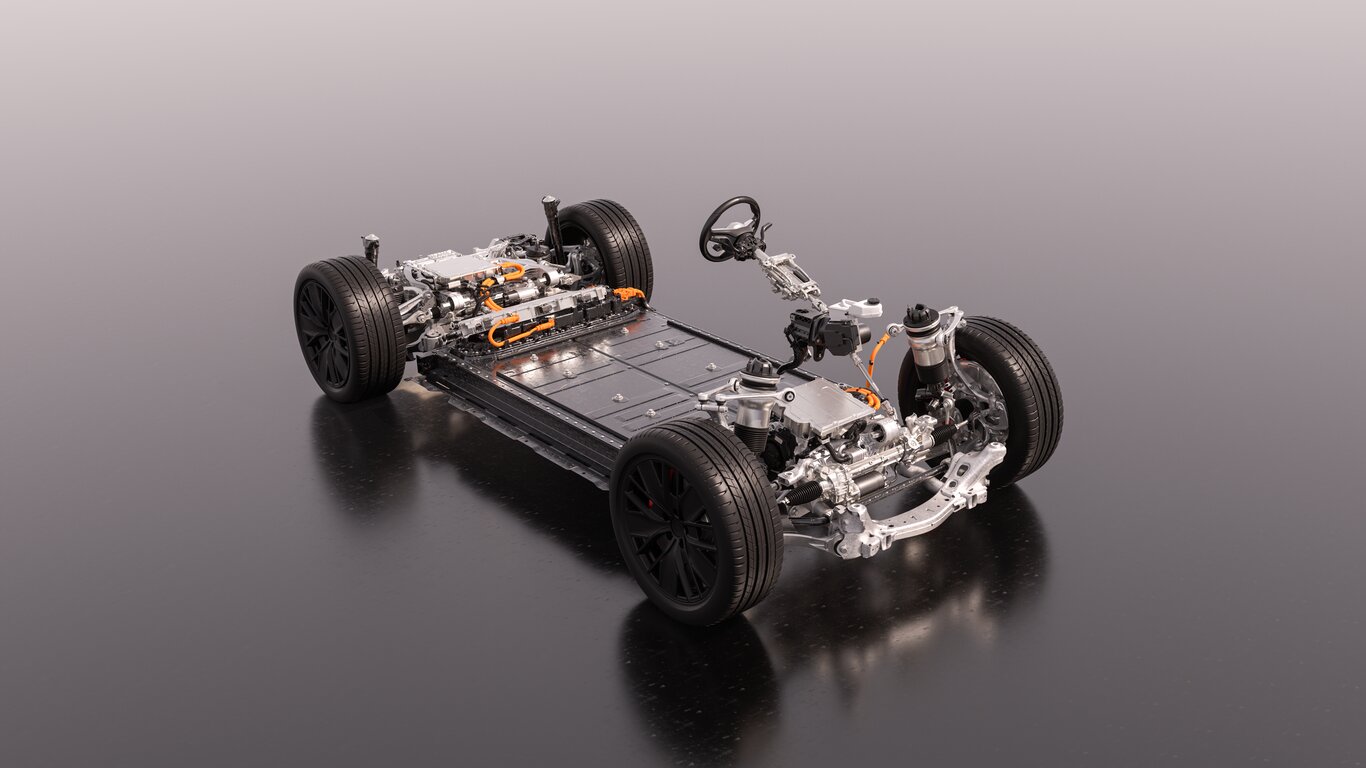Porsche, the renowned German automaker, is challenging the popular one-pedal driving feature that many electric vehicles offer today. Instead, they suggest a more efficient method to increase the range of an electric car – coasting. By disengaging the electric motors and reducing drag, the car can carry on without using much energy, making it a more natural process.
One-pedal driving, on the other hand, recuperates energy first and only then converts it back into propulsion, resulting in twice the losses. Porsche claims that coasting is a more efficient way of driving as it keeps the kinetic energy in the vehicle, according to Martin Reichenecker, Senior Manager Chassis Testing at Porsche Engineering.
See also: The most challenging topic in the EVs industry is improving the battery supply chain
Porsche’s approach is reflected in their portfolio, with neither the Taycan nor the upcoming Macan EV featuring one-pedal driving. Porsche notes that this way, the driving characteristics of their zero-emissions models are closer to those of internal combustion engine cars.
Despite not featuring one-pedal driving, brake energy recuperation is still an essential part of the Taycan, with up to 90% of everyday braking being done using the electric motors alone. The friction brakes are used primarily at low speeds when the electric motors do not have enough deceleration power and also when full braking power is required.
See also: Tesla Expects 40% Growth in 2023 Deliveries with 1.8 Million Cars
At high speeds, the Porsche Taycan Turbo S can generate as much as 290 kW of electric power during braking, enough to top up the batteries for an additional 0.43 miles in range after just two seconds of deceleration. Additionally, electric braking reduces wear on the hydraulic braking system, thus requiring less maintenance and replacement of rotors and pads at longer intervals.
In conclusion, Porsche’s approach to electric vehicle driving challenges the conventional one-pedal driving feature and advocates for coasting instead. While still using brake energy recuperation, their method keeps the kinetic energy in the vehicle and reduces losses, making it a more efficient way to drive electric vehicles.


